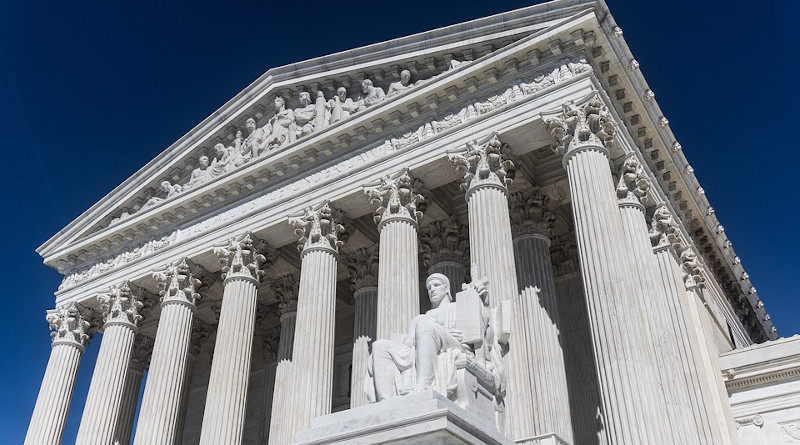Supreme Court Fails To Hold Police Accountable For Firing Tear Gas At Onlookers Who Filmed Their Interaction With Protesters – OpEd
By The Rutherford Institute Newsroom
The U.S. Supreme Court has failed to protect citizens from retaliation for observing or recording police activity in public. By declining to hear an appeal in Molina v. Book, the Supreme Court neglected to hold police accountable for firing tear gas from an armored vehicle at legal observers who were standing in the yard of one of their homes after lawfully and peacefully filming interactions between police and protesters.
The Rutherford Institute’s amicus brief in Molina had stressed the importance of protecting the First Amendment rights of legal observers and citizen-journalists to expose wrongdoing by police. The Rutherford Institute has also issued constitutional guidelines to better educate the public about their rights when stopped by the police, how to behave during a police encounter, and what to do if you believe your rights have been violated by a law enforcement official. The Institute’s “Constitutional Q&A: Rules of Engagement for Interacting with Police” provides the public with a legal framework to guide with various kinds of police encounters (traffic stops, roadside searches, blood draws, etc.).
“Americans should be able to record their interactions with police without fear of arrest, assault or being subjected to harassment or intimidation tactics,” said constitutional attorney John W. Whitehead, president of The Rutherford Institute. “Citizens who exercise their First Amendment right to film police in public serve as watchdog reminders to police that, as public servants, they are accountable to ‘we the people.'”
In August 2015, Sarah Molina and Christina Vogel attended a large protest in St. Louis, Missouri, as legal observers in order to protect the right to protest. Molina and Vogel wore bright green hats indicating that they were legal observers. During the protest, St. Louis police officers formed a line and ordered the crowd to disperse. Some protesters responded by throwing rocks and bottles. Police then shot inert smoke canisters into the crowd. Vogel was recording these events. Police then started using tear gas, at which time Molina and Vogel left and reassembled with some others about 500 feet away off the thoroughfare and on a side street in Molina’s yard. Minutes later, an armored police vehicle known as the BEAR (short for “Ballistic Engineered Armored Response Counter Attack Truck”) drove by and fired tear gas canisters toward them while they sought shelter in a passageway between neighboring houses. Police later denied shooting chemicals from the BEAR, but an after-action report contradicted their statements. The primary liaison between a police helicopter and the BEAR later acknowledged that he recognized that the individuals wearing bright green hats were legal observers.
Molina and Vogel sued the police for retaliating against the exercise of their First Amendment rights to observe and record police conduct. However, the Eighth Circuit Court of Appeals dismissed their claims, finding that the police officers were covered by qualified immunity because the right to observe police-citizen interactions had not been clearly established at the time, even though, as dissenting judges pointed out, two earlier decisions by the Eighth Circuit indicated otherwise. The Rutherford Institute had urged the U.S. Supreme Court to hear the appeal and affirm that the First Amendment protects the right to peacefully observe and record police activity in public.

